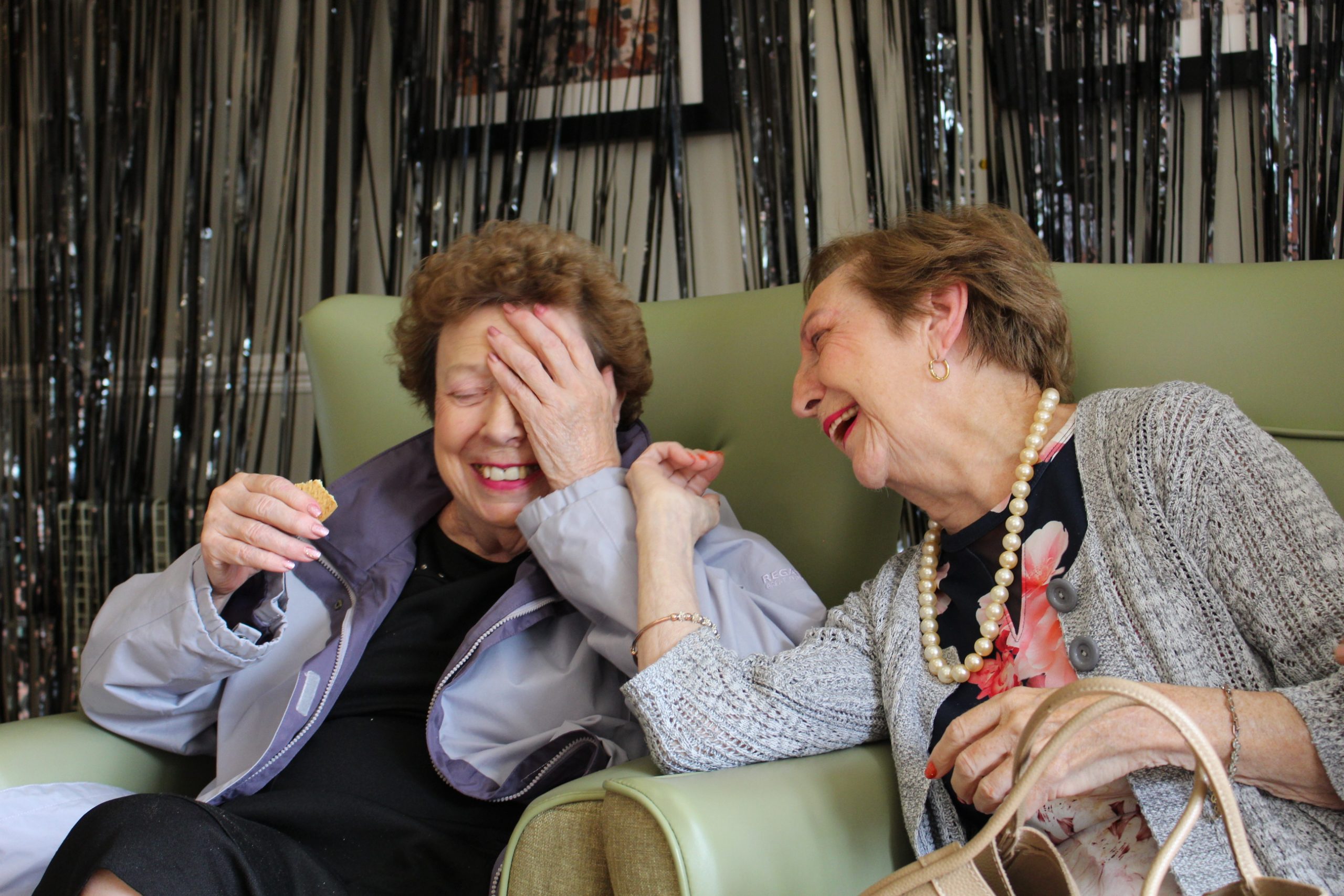Are you looking for a way to enhance the well-being of care home residents? Creating a therapeutic garden could be the answer. With its healing benefits, a therapeutic garden provides a serene environment that promotes relaxation, socialization, and sensory stimulation. By incorporating plants, designing accessible pathways, utilizing water features, creating engaging seating areas, and promoting vibrant flowers and fragrant herbs, these gardens can have a profound impact on the mental and physical health of care home residents. When you step into a therapeutic garden, you are immediately surrounded by nature’s beauty. The carefully chosen plants create an atmosphere of tranquillity and serenity, allowing residents to escape from the stresses of daily life. From colourful flowers that evoke feelings of joy and happiness to lush greenery that brings a sense of calmness and renewal, the presence of nature in these gardens is truly therapeutic. Additionally, the accessibility of pathways ensures easy navigation for individuals with mobility challenges or disabilities. This allows everyone to freely explore the garden and enjoy its healing benefits without any limitations. Water features play an essential role in creating a soothing ambience within a therapeutic garden. The gentle sound of flowing water can have a profound effect on reducing stress levels and promoting relaxation. Whether it’s through cascading fountains or gently trickling streams, these water elements provide auditory stimulation that calms the mind and uplifts the spirit. Moreover, they also add visual interest to the garden with their shimmering reflections and graceful movement. Residents can sit by these water features, and listen to their peaceful melodies while taking in the beauty around them – an experience that is both rejuvenating and tranquillizing. Creating seating areas within the therapeutic garden is crucial for fostering socialization among care home residents. These areas offer spaces where individuals can gather together for conversations or engage in activities as they enjoy nature’s wonders surrounding them. Comfortable benches or chairs strategically placed throughout the garden encourage residents to connect with one another while basking in the healing power of nature. These seating areas also provide a place for moments of solitude and reflection, allowing individuals to find solace and peace in the midst of the garden’s serenity. Sensory stimulation is another key aspect of therapeutic gardens. By incorporating vibrant flowers and fragrant herbs, these gardens offer residents a multisensory experience that enlivens their senses. The vibrant colours of flowers not only create a visually stimulating environment but also evoke positive emotions and memories. Fragrant herbs, on the other hand, engage the olfactory sense, filling the air with delightful scents. Incorporating Plants for a Serene Environment By adding plants to the care home’s outdoor space, you can experience a tranquil and calming atmosphere. Plants have been proven to have therapeutic benefits, especially for individuals in a care home setting. The presence of greenery and flowers can help reduce stress levels, promote relaxation, and improve overall well-being. The vibrant colours and soothing scents of plants create a serene environment that allows residents to connect with nature and find solace in their surroundings. Additionally, caring for plants can provide a sense of purpose and fulfilment for residents, giving them something meaningful to engage in. Incorporating plants into the outdoor space not only enhances the visual appeal but also contributes to the overall health of residents. Research has shown that exposure to nature has numerous positive effects on mental and physical health. It can lower blood pressure, improve mood, boost immune function, and even expedite healing processes. With carefully chosen plant species such as lavender or chamomile that have calming properties or herbs like rosemary or thyme known for their therapeutic scents, the garden becomes a sensory oasis where residents can relax and rejuvenate. Transitioning into designing accessible pathways for easy navigation within this tranquil garden fosters an inclusive environment that promotes independence while providing opportunities for engagement with nature. Designing Accessible Pathways for Easy Navigation Designing accessible pathways in the garden allows residents to easily navigate through the beautiful outdoor space. These pathways should be wide enough for wheelchairs and walkers, with smooth surfaces that are free from obstacles or tripping hazards. It’s important to consider the needs of all residents, including those with mobility issues or visual impairments. By incorporating ramps, handrails, and clear signage, you can ensure that everyone can enjoy the therapeutic benefits of the garden without any difficulties. In addition to providing easy navigation, well-designed pathways also create a sense of safety and security for the residents. Knowing that they can move around freely without fear of getting lost or injured enhances their overall experience in the garden. The paths should be strategically placed to allow residents to explore different areas and features of the garden while maintaining a sense of direction. This not only encourages physical activity but also stimulates cognitive functions such as memory and spatial awareness. Now transitioning into ‘utilizing water features for relaxation and tranquillity’, water features such as fountains or ponds can provide a soothing ambience in the garden environment. Utilizing Water Features for Relaxation and Tranquility To enhance your experience in the garden, consider incorporating water features such as fountains or ponds. These features have been shown to reduce stress and anxiety levels by up to 50%. Water has a soothing effect on the human mind and body, creating a sense of tranquillity and relaxation. The sound of flowing water can drown out background noises and promote a peaceful atmosphere for residents. Additionally, the visual appeal of water features can provide a focal point that captures attention and promotes mindfulness. Watching the gentle movement of water can help individuals to unwind and let go of worries, allowing them to fully immerse themselves in the present moment. Furthermore, water features offer sensory stimulation that can be particularly beneficial for individuals with cognitive impairments. The sight, sound, and touch of water engage




